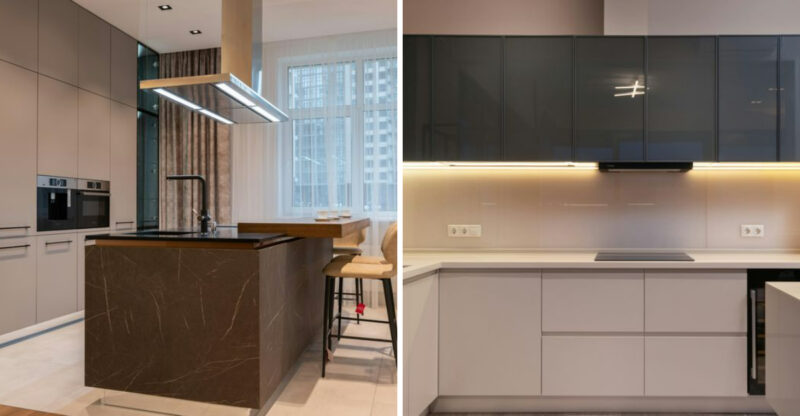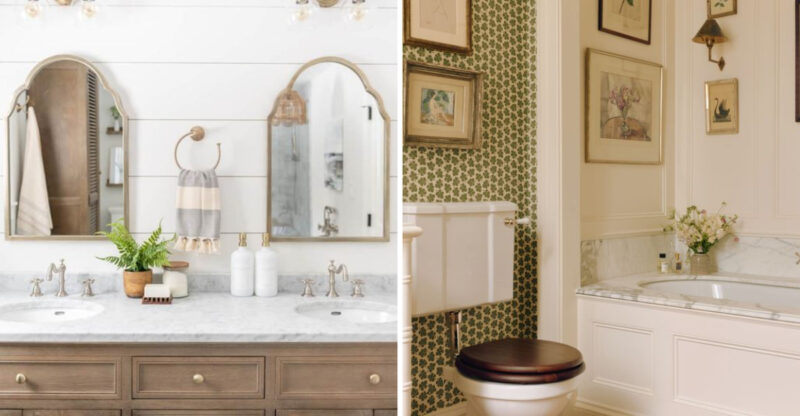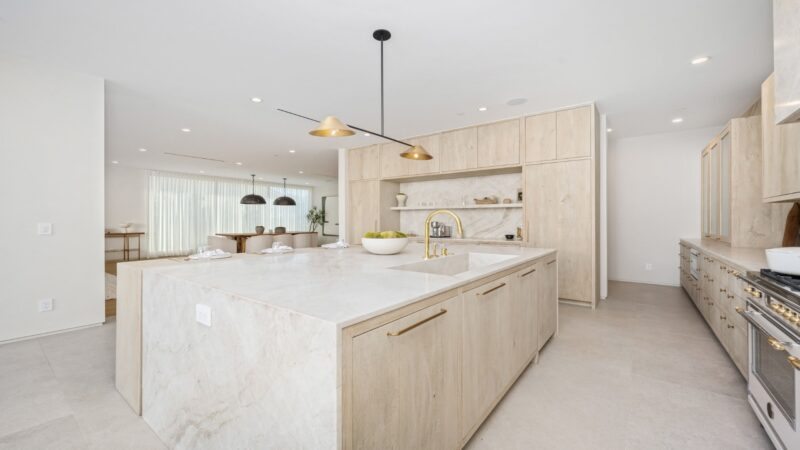9 Common Practices That May Leave Your Home Feeling Uninviting
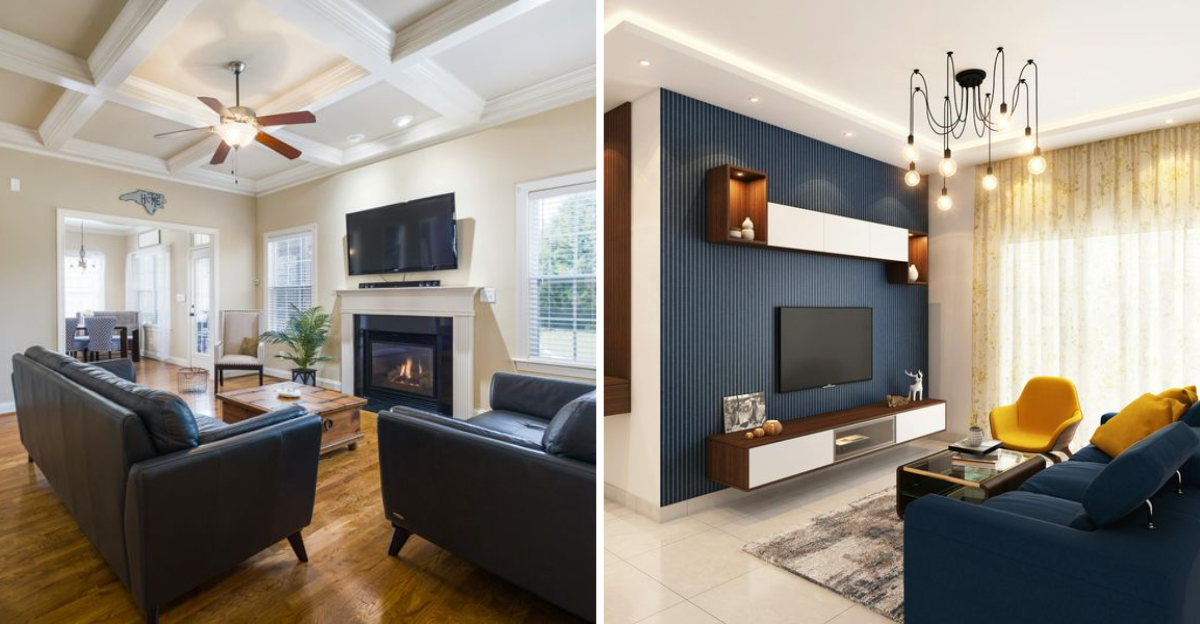
Have you ever walked into someone’s home and felt an immediate urge to leave? Creating a welcoming space isn’t just about fancy furniture or expensive decor.
Many of us unknowingly follow practices that make our homes feel cold and unwelcoming to guests and even to ourselves. Let’s explore some common mistakes that might be turning your cozy nest into a place people don’t want to linger.
These observations are based on general interior design principles, though personal taste and cultural differences can influence how inviting a space feels.
1. Overstuffed Furniture
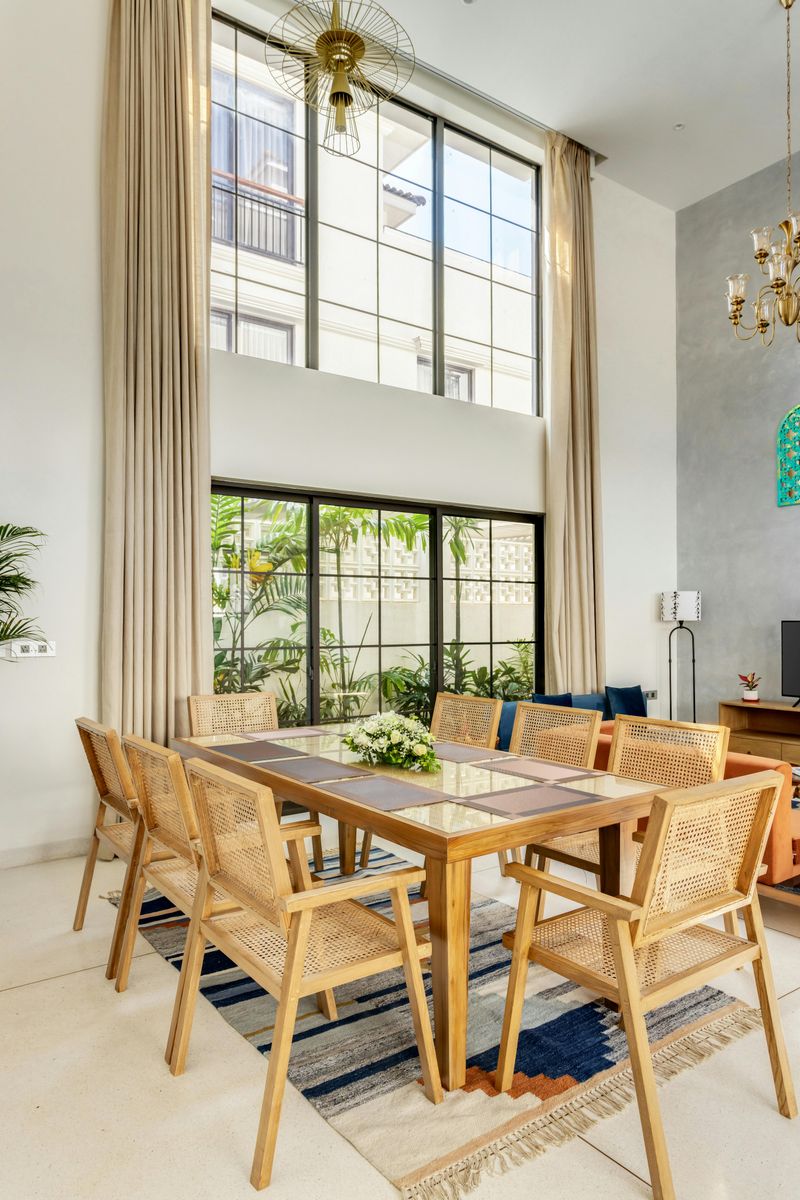
Cramming too many sofas, chairs, and tables into your living space creates an obstacle course rather than a relaxing environment. Guests feel claustrophobic when they have to squeeze between furniture pieces just to sit down.
Your home needs breathing room! Consider the flow of movement through each room and remove pieces that block natural pathways. A good rule is to leave at least 30 inches of walking space between furniture items.
Sometimes less truly is more. By selecting fewer, quality pieces that serve multiple functions, you’ll create a more spacious feeling that allows people to move freely and feel comfortable in your home.
2. Mismatched Seating
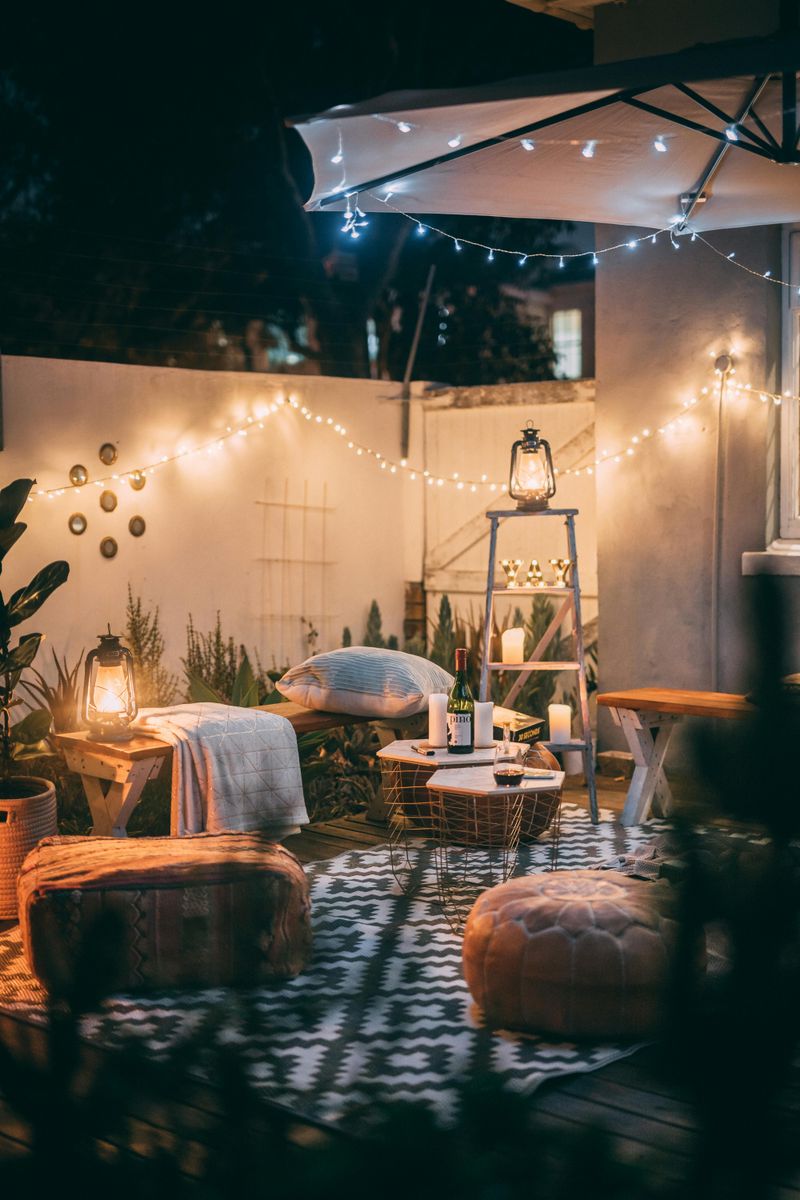
When your dining chairs look like they’ve been collected from yard sales across three counties, guests feel uncertain about where they should sit. One chair might be wobbly, another too low for the table, creating an awkward dining experience.
Comfort varies dramatically between different seating options. If some guests get plush armchairs while others perch on hard wooden stools, it creates an unintentional hierarchy among visitors.
Aim for seating that provides similar comfort levels for everyone. This doesn’t mean everything must be identical—coordinated pieces work well too. When guests feel they have equal seating options, they’re more likely to relax and enjoy their time in your home.
3. Cluttered Surfaces

When every flat surface in your home disappears under piles of mail, knickknacks, and random items, visitors feel anxious. Their eyes have nowhere to rest, and they worry about accidentally knocking something over.
Hidden beneath those stacks might be beautiful furniture or thoughtful decor that nobody can appreciate. Your carefully chosen coffee table or elegant sideboard loses its impact when buried under clutter.
Start with a 50% rule aim to clear half of each surface. This still allows for personal touches while creating visual breathing room. For items you use daily, consider attractive baskets or decorative boxes that keep necessities accessible but organized. Guests will relax more when they don’t feel they’re navigating a minefield of your possessions.
4. Closed-Off Layout
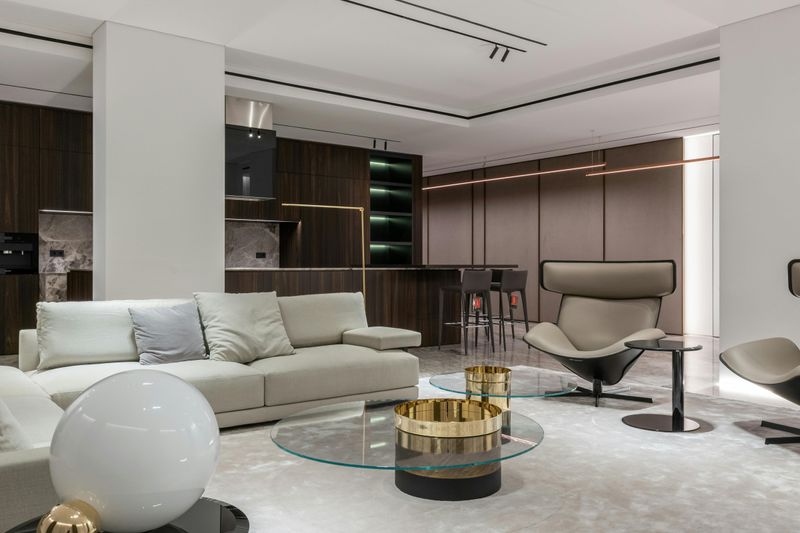
Walls and barriers that chop up your home make guests feel isolated and uncomfortable. When someone steps into the kitchen, they disappear from the conversation, creating an awkward social dynamic.
How furniture is arranged matters too. Placing sofas against walls with a wide empty space between them forces people to shout across the room to chat. This setup might maximize floor space but kills the cozy factor.
Create conversation zones instead! Pull furniture away from walls and arrange seating in groups where people can easily talk without raising their voices. If possible, open sight lines between rooms so guests can maintain connection as they move through your home. This encourages natural flow and makes everyone feel included.
5. Neglected Entryway
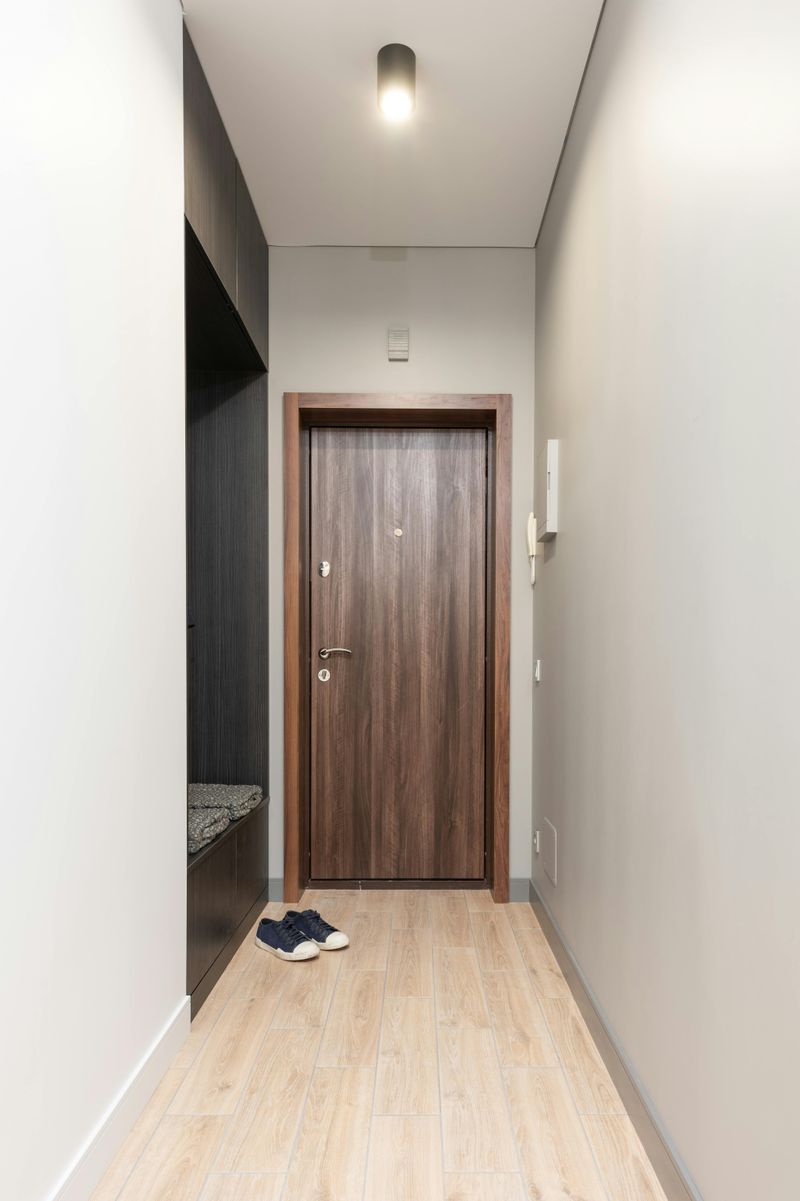
First impressions matter! When guests step into a cluttered, dark, or barren entryway, it sets a negative tone for their entire visit. Piles of shoes, coats with nowhere to hang, and nowhere to put down keys or bags creates immediate stress.
Many homeowners forget that this transition space helps visitors mentally shift from outside to inside. Without thoughtful elements that welcome and guide, people feel awkward and unsure from the moment they arrive.
Even small entryways can be transformed with simple additions. A mirror reflects light and lets guests check their appearance, a small bench offers a place to remove shoes, and hooks provide spots for coats and bags. Add a plant or artwork that reflects your personality, and suddenly your home feels welcoming from the very first step.
6. Sparse Decor
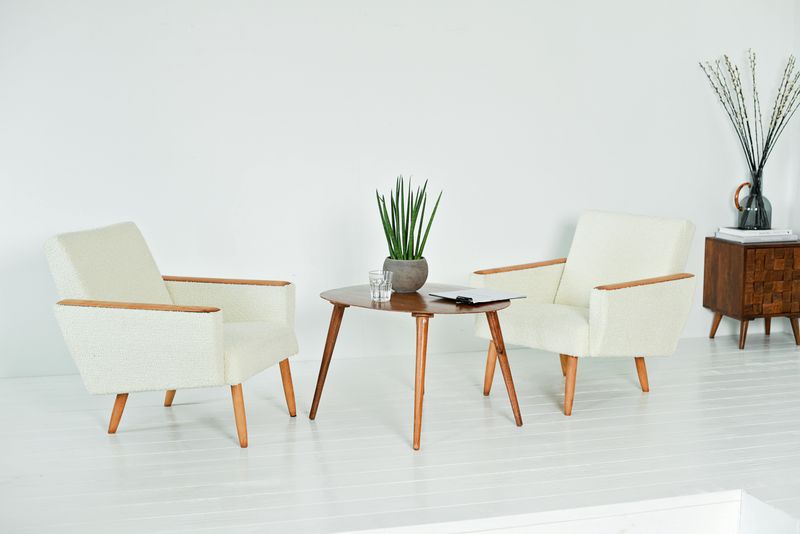
If your home resembles a waiting room with bare walls and minimal furnishings, visitors feel like temporary guests rather than welcome friends. Spaces without personal touches lack warmth and character, making them feel institutional rather than homey.
Empty walls create unsettling echo chambers. Sound bounces off hard surfaces with nothing to absorb it, making normal conversation seem unnaturally loud and creating a tense atmosphere.
Warming up a sparse space doesn’t require expensive art or accessories. Family photos, books, plants, and textiles like throw pillows and blankets add layers of interest and personality. These elements absorb sound while telling your story, helping guests connect with you and feel comfortable in your space. Remember that a home should feel lived-in, not like a sterile showroom.
7. Poor Lighting

Harsh overhead lighting casts unflattering shadows and creates an institutional feel more suited to an office than a home. Single light sources leave corners dark and uninviting, making spaces feel smaller and potentially unsafe.
Many homeowners underestimate how dramatically lighting affects mood. Too dim, and guests strain to see; too bright, and everyone feels on display and uncomfortable.
Layer your lighting instead! Combine ambient lighting (general illumination), task lighting (for reading or cooking), and accent lighting (highlighting artwork or architectural features). Aim for at least three light sources per room at different heights. This creates a warm, welcoming atmosphere that adapts to different activities and times of day.
8. Uncomfortable Textiles
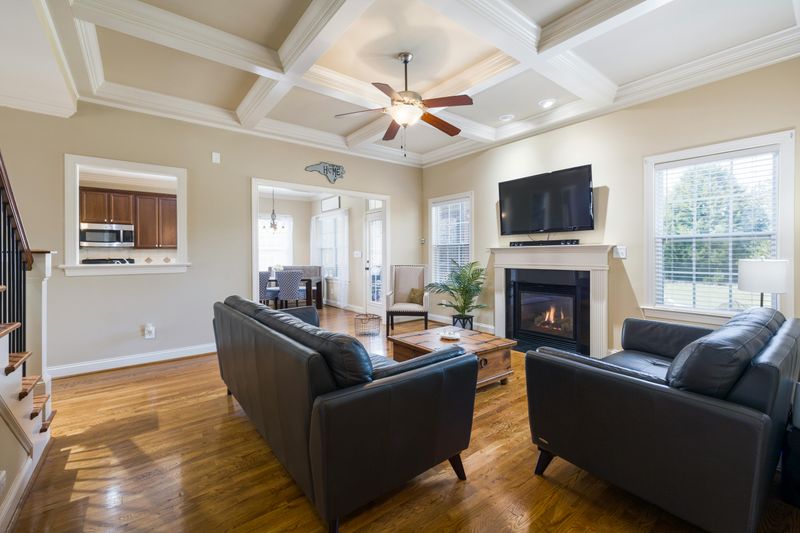
Those sleek leather couches might look sophisticated in photos, but they stick to bare skin in summer and feel ice-cold in winter. When seating isn’t comfortable, guests shift constantly and look for excuses to stand up or leave early.
Scratchy throw pillows, stiff upholstery, and synthetic rugs that generate static electricity create physical discomfort. These tactile experiences subtly communicate that your home prioritizes appearance over comfort.
Touch is a powerful sense that affects how welcome people feel. Incorporate soft, natural fabrics like cotton, wool, or linen that feel good against skin. Add throw blankets to chilly seating options and choose rugs that feel pleasant underfoot. When guests can physically relax, they’re more likely to emotionally relax in your space too.
9. Overly Personal Displays

While family photos add warmth, covering every surface with pictures of your children’s developmental milestones can make guests feel like intruders in a private museum. They struggle to connect with a space that’s so thoroughly claimed by your personal history.
Intimate items like medication, underwear drying on shower rods, or deeply religious or political objects can create discomfort for visitors. These elements force awareness of boundaries that guests would rather not navigate during casual visits.
Find balance by creating zones for personal displays rather than spreading them throughout every room. Keep truly private items in bedrooms or bathrooms with doors that close. When guests encounter a thoughtful mix of personal touches and neutral spaces, they feel both connected to you and respected as visitors in your home.

